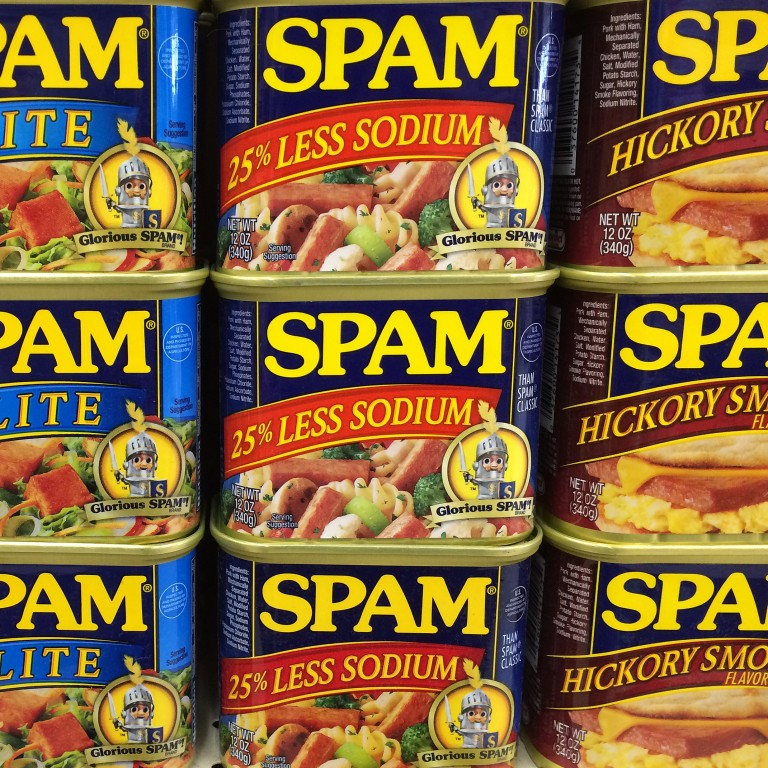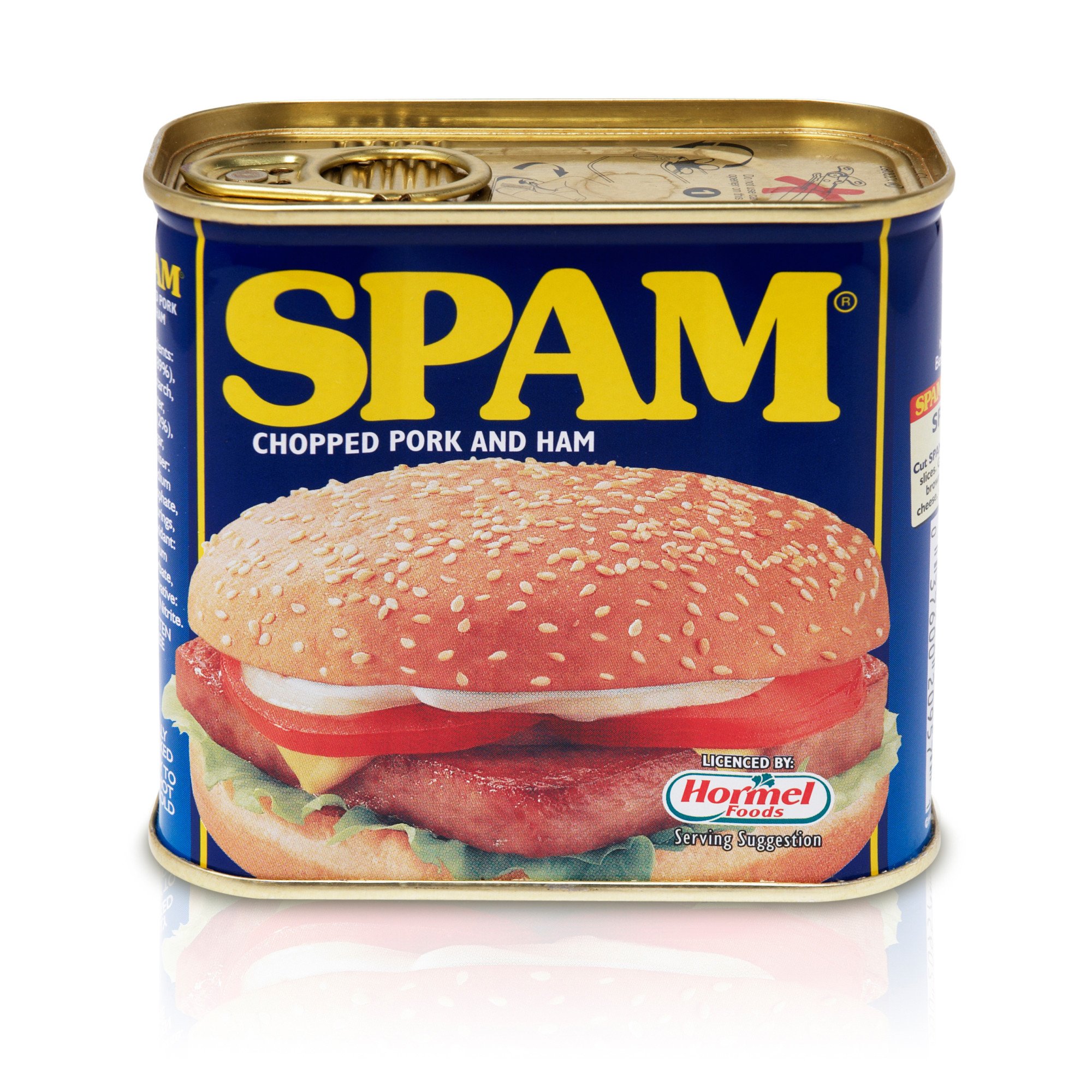
Spam, adored by Asians, is no longer the ‘secret shame’ you dare not admit to loving
- Created in 1937 in the US state of Minnesota, Spam has gone through something of a glow-up, shedding its shameful connotations to become a beloved pantry staple
- Luncheon meat is used in many Asian cultures – in a South Korean stew, topping instant noodles, in a classic Spam sandwich – and some chefs swear by it
I conducted an unofficial survey on Instagram recently, posing the question: why do you like Spam? Over the course of an hour, the responses piled up in my inbox like, well … spam.
A cookbook author, who rarely communicates with me via DM, waxed lyrical about its taste and versatility, declaring crispy fried Spam better than bacon. And for one long-time vegan, Spam still induces a sense of nostalgia as it was a large part of her childhood. (Thankfully, there is now plant-based Spam – namely OmniPork luncheon meat.)

In places where the United States military was posted after the bombing of Pearl Harbour (such as Guam, Japan, the Philippines and South Korea), the appreciation for Spam did not dwindle as the number of US soldiers did.

In Hawaii, in the 1980s, a Japanese-American woman named Barbara Funamura is credited with the invention of Spam musubi, originally slabs of marinated luncheon meat on a triangular rice ball wrapped with nori (dried seaweed).
She died in 2016, leaving a spectacular legacy: in 2021, August 8 was declared National Spam Musubi Day by restaurant franchise chain L&L Hawaiian Barbecue. It joins existing Spam appreciation events such as the annual Spam Jam festival, in Waikiki, which attracts more than 35,000 fans.

Once considered the survival food of the proletariat, Spam has infiltrated dining tables in an unprecedented fashion. It is no longer a food to be ashamed of or appalled by; it is being embraced, celebrated, craved.
Spam wasn’t always seen as a stellar pantry staple.
The ingredient is explored in depth in the first episode of Bad Taste, a fascinating new podcast by Asian-Australian food writer Jess Ho, who sought to identify why some foods are designated “good” and others “bad”.

Born to Cantonese parents, Ho – like many kids in Hong Kong – grew up on a healthy amount of Spam. In the podcast, she describes with a mixture of fascination and disgust the vacuum-release sound of a block of the luncheon meat slipping out of its tin prison.
For a long time, Spam was Ho’s “secret shame ingredient” because of a classic “lunchbox moment” she experienced when she brought out Spam sandwiches at school, to the disgust of her classmates. “I realised it was a ‘low-class’ food in Australia,” she says.
Today, she appreciates Spam. “The appeal of Spam is that it isn’t artisanal. It’s very approachable, affordable and has a long history in so many cultures,” she says. “Spam has become loved, embraced and even claimed by non-white cultures even though it is an American product.”

The original Spam, which was created by American brand Hormel Foods, is in the minority on Hong Kong supermarket shelves today, crowded out by the likes of Greatwall, Tulip and Ma Ling, and an ever-growing line-up of Korean luncheon meats boasting less salt and more pork.
Whether Spam will ever filter onto fine-dining menus – or indeed, whether it should – is another matter. But one thing is for certain: if you fry up your Spam nice and crisp, it will be impossible not to like.

